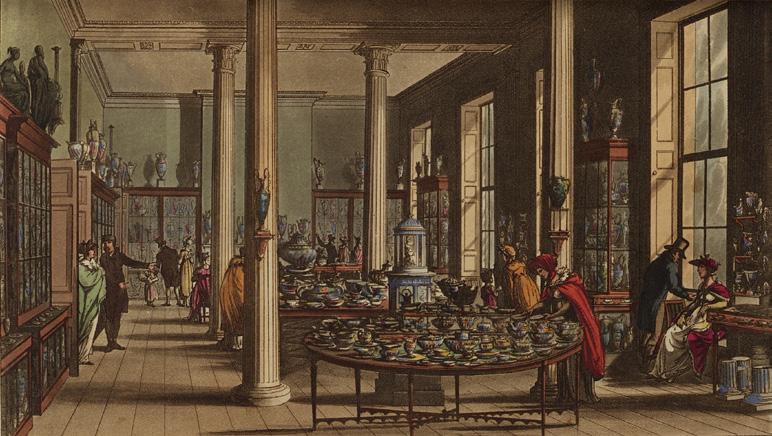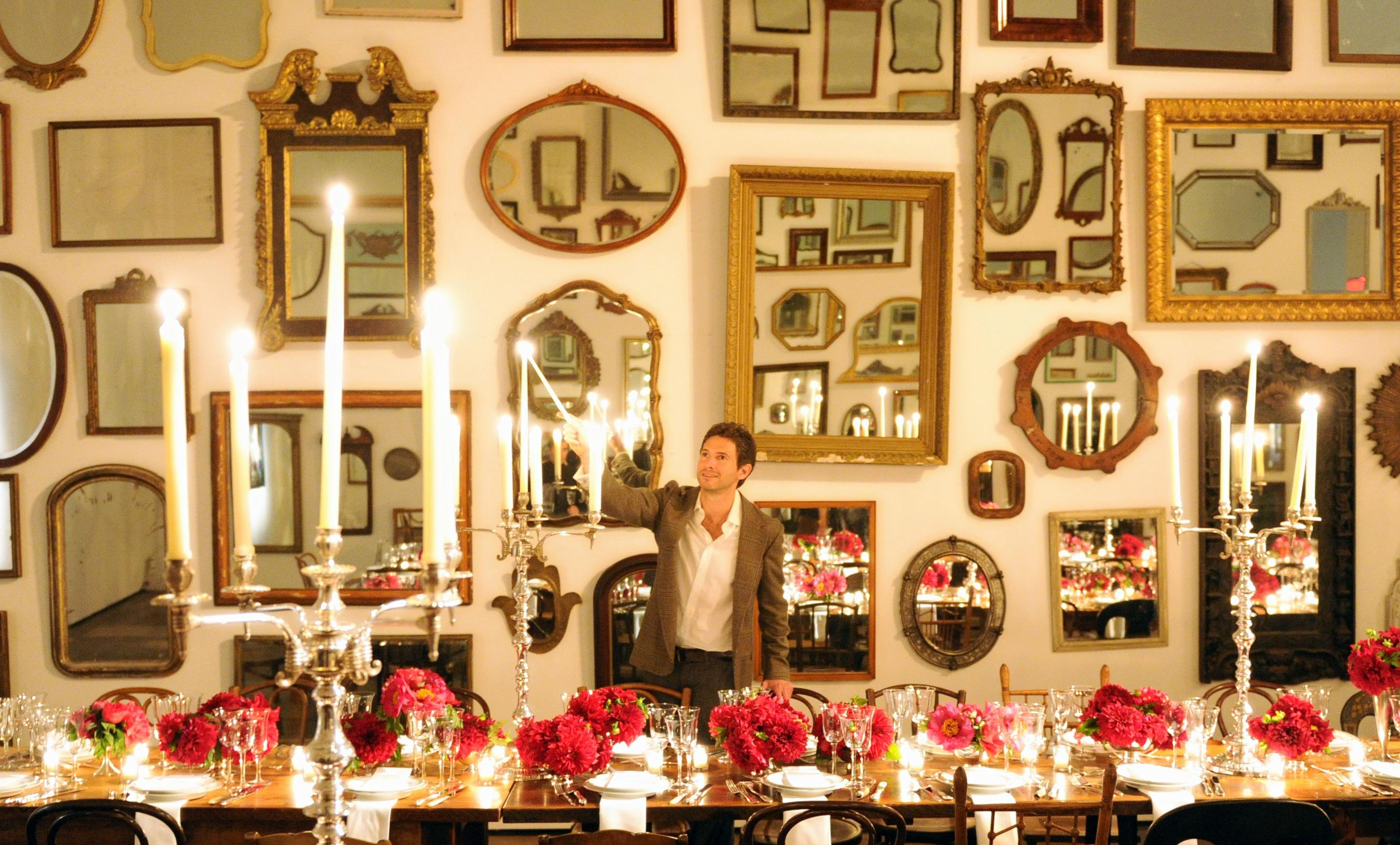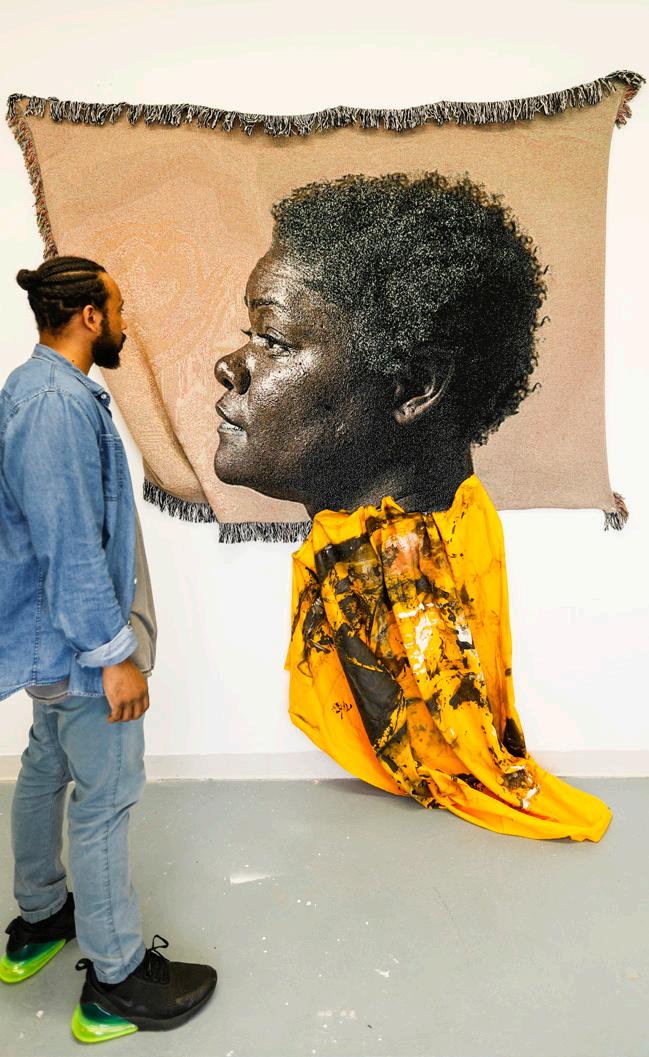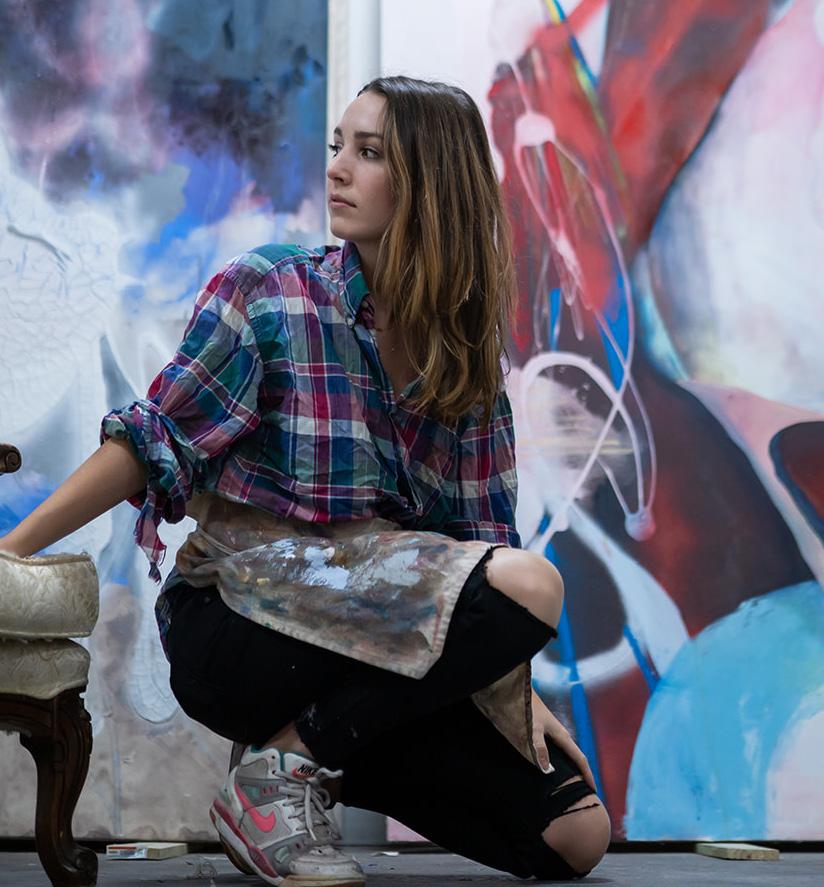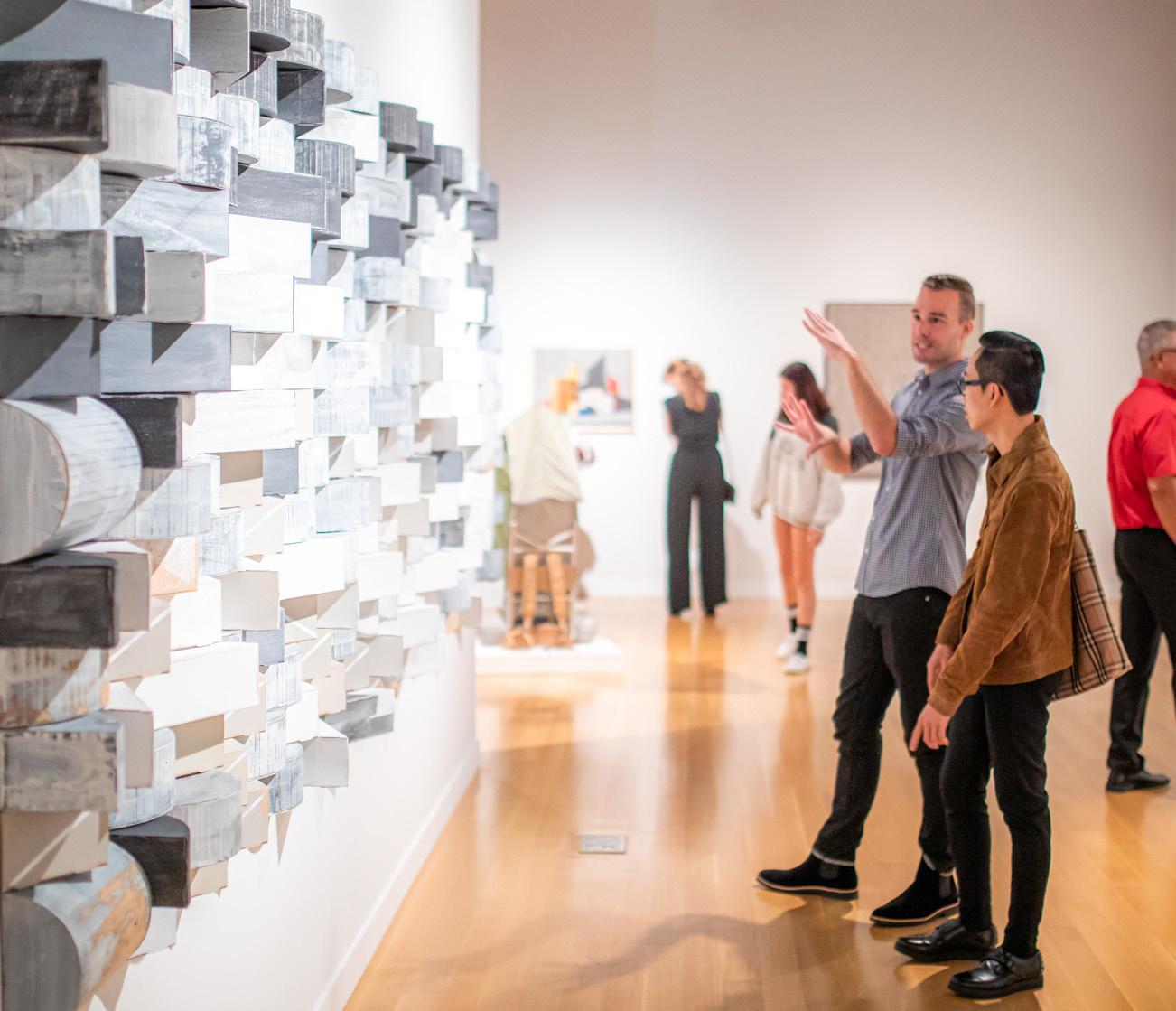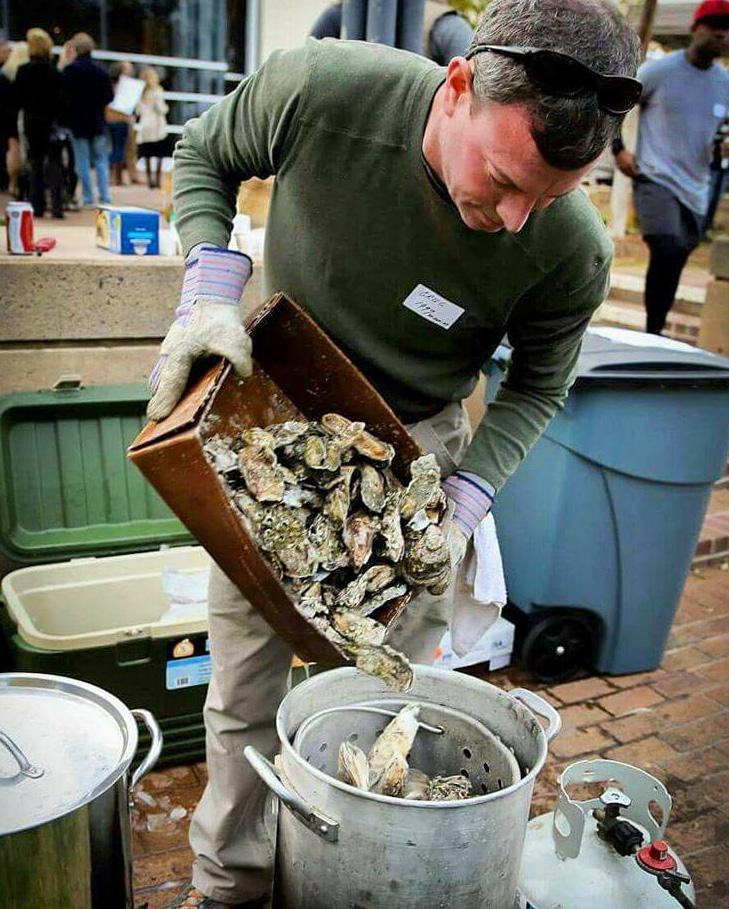
6 minute read
Breaking the Mold
An inside look at the Mint’s newest exhibition, Classic Black: The Basalt Sculpture of Wedgwood & His Contemporaries
BY BRIAN GALLAGHER, CURATOR OF DECORATIVE ARTS
Advertisement
“The Black is sterling, and will last for ever.”
In 1774, renowned Staffordshire potter Josiah Wedgwood wrote those words in a letter to his business partner, Thomas Bentley. He was describing his obvious pride in his black basalt, a fine-grained, dark-colored stoneware that he had perfected by 1768. In the following years, other Staffordshire potters, such as Humphrey Palmer and John Turner, began producing their own basalt wares.
These stunning works are the focus of the Mint’s newest show Classic Black: The Basalt Sculpture of Wedgwood & His Contemporaries. An international loan exhibition organized by The Mint Museum, Classic Black focuses exclusively on this beautiful ceramic body, and is on view from Feb. 9 to Aug. 30 at Mint Museum Randolph. And the presentation is unlike anything you’ve ever seen before—at the Mint or elsewhere.
Although basalt was used to produce utilitarian wares, such as objects for the tea table, Classic Black showcases ornamental basalt sculpture, a topic that has never been the sole focus of a special exhibition anywhere across the globe. Among the more than 100 works on view in the exhibition are life-size portrait busts, small and medium-size statues, and vases with strong, sculptural components. Works in low relief include large tablets,
Above: Josiah Wedgwood and Thomas Bentley. Sir Isaac Newton (detail), circa 1775, stoneware (black basalt). Gift of the Starr and Wolfe Families in memory of Lydia and Bernard Starr. 2018.68.3. Collection of The Mint Museum, Charlotte, NC

portrait medallions, and medals. The exhibition’s checklist features loans from major museums in the United States and England—the Birmingham Museum of Art, the Victoria and Albert Museum, the Wedgwood Museum, among others—as well as from notable private collections in America. Some of the private loans are very important, one-of-a-kind objects that have never been on view in a museum setting.
Many of the basalt objects on view in the galleries were copied directly from works of art made in ancient Greece and Rome, such as busts of Alexander the Great and Socrates, statues and bas-reliefs of Hercules, Mercury, and other gods and goddesses, and coins with portraits of Julius

Caesar and his successors. Other basalt pieces in Classic Black derived from works made much later. For instance, a small basalt statue of the Roman god Bacchus is based on a life-size marble sculpture by renowned 16th-century artist Michelangelo. A basalt figure of Neptune derives from another life-size marble sculpture, this one by Gian Lorenzo Bernini, titan of the art world in 17th-century Rome. Among the 18th-century sculptors represented in the exhibition is Louis François Roubiliac; his bust of the great English mathematician and scientist Sir Isaac
Above, Left: Wedgwood and Bentley. Socrates, circa 1775–80, stoneware (black basalt). Gift of the Starr and Wolfe families in memory of Lydia and Bernard Starr. 2018.68.2. Collection of The Mint Museum, Charlotte, NC Above, Right: Wedgwood. Volute Krater, circa 1795–1800, stoneware (black basalt). Collection of Jeffrey S. Milkins and Steven R. Parker Opposite: Wedgwood. Mercury, 19th century, stoneware (black basalt). Collection of Lindsay Grigsby.
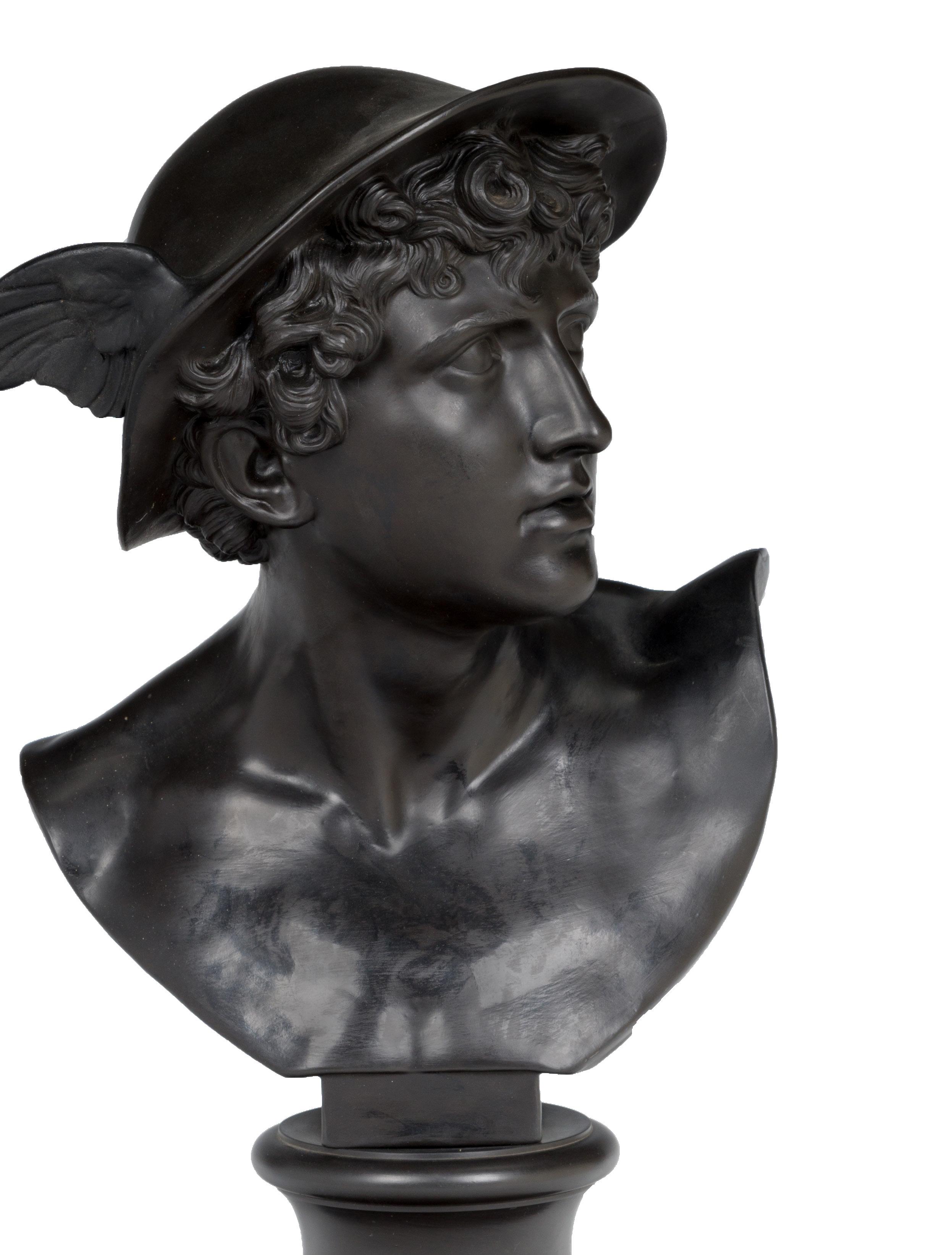
from an aspect of that collection. Fifteen of the basalt pieces in the exhibition are from the Mint’s permanent holdings, including the portrait-size busts of Socrates and Sir Isaac Newton.

Classic Black is accompanied by a fully illustrated catalogue, published by D. Giles Limited, London. It includes extended object entries and introductory essays contributed by Wedgwood scholars Robin Emmerson and Gaye Blake-Roberts, classicist Nancy Ramage, and sculpture historian MG Sullivan.
The exhibition was made possible with generous support from presenting sponsor Wells Fargo Private Bank. Additional support was provided by Moore & Van Allen and the Samuel H. Kress Foundation. The exhibition catalogue was fully funded by the Delhom Service League and an anonymous patron.
Newton is beautifully rendered in Wedgwood’s smooth basalt body. Wedgwood and other Staffordshire potters also hired talented modelers and artists—John Flaxman, William Hackwood, Elizabeth Upton (Lady Templetown), to name a few—to create new designs for their ornamental basalt wares.
One noteworthy aspect of the exhibition is its completely groundbreaking, contemporary design. With the help of the prominent Charlotte muralist and street artist known as Owl, each of the exhibition galleries features a specially commissioned graphic mural. Owl painted her murals on walls colored in striking, sunset hues that were selected by the Mint’s exhibition designer, HannaH Crowell. The creative team’s animated graphic patterns and bright color choices challenge visitors’ expectations and enliven the historical basalt pieces, making them more relevant to the modern viewer. And while completely unconventional, the exhibition’s design aesthetic nevertheless recalls a fashionable 18th-century interior space, when all aspects of the room’s architecture and furnishings worked in harmony to create a unified decorative scheme. In Classic Black, the scheme has been reinterpreted—and re-energized—for the modern-day audience.
Classic Black is also the Mint’s first exhibition dedicated completely to sculpture. And because the museum is known for its historical British ceramics collection, it is appropriate that its first sculpture show draws
Want to go?
The exhibition opens to the public Feb.9, but Mint members get an exclusive preview 1–5 PM on Feb. 8. Details on page 14.
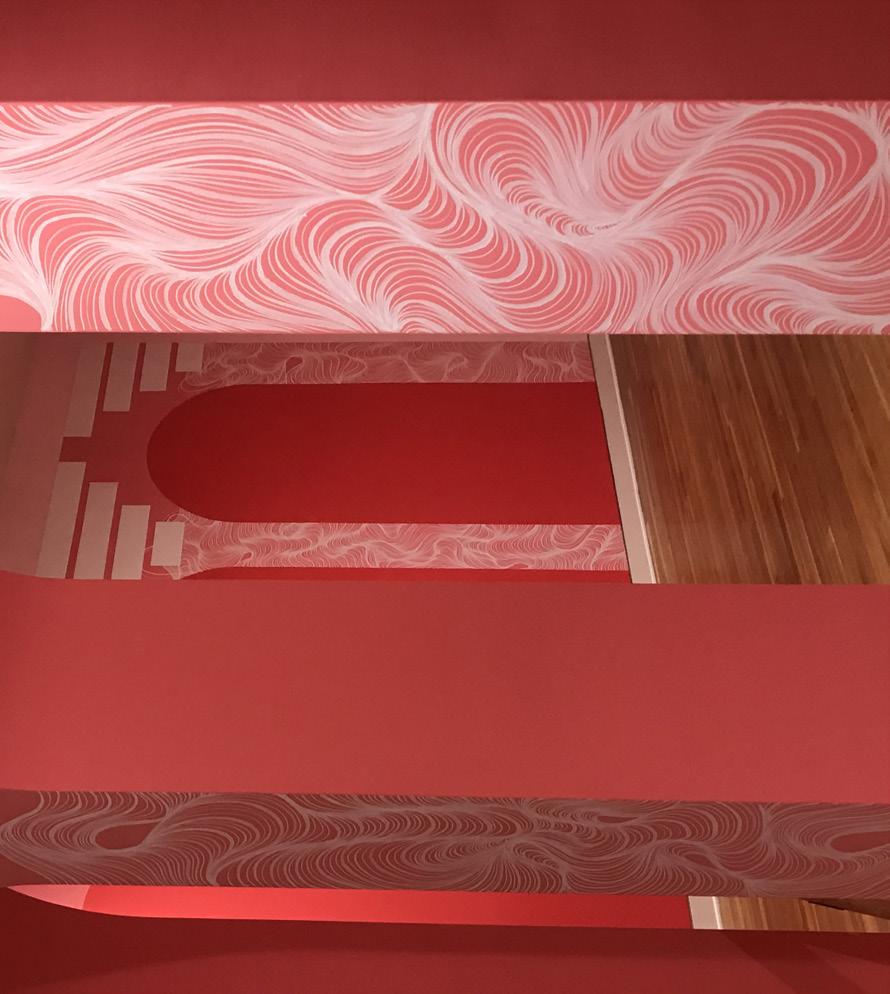
Above top, Wedgwood. Triton Candle Holder (detail), 1770–80, stoneware (black basalt). Collection of the Art Fund, Inc. at the Birmingham Museum of Art; The Buten Wedgwood Collection, gift through the Wedgwood Society of New York, AFI.414.2008 and AFI.415.2008 Above, below, A view of the gallery as painting is in progress. Photo by HannaH Crowell Opposite from Top: Wedgwood and Bentley. Somnus, circa 1774, stoneware (black basalt). Collection of the Art Fund, Inc. at the Birmingham Museum of Art; The Buten Wedgwood Collection, gift through the Wedgwood Society of New York, AFI.1239.2008 \\ Detail shot of Owl’s visual language. Original photo by HannaH Crowell \\ Wedgwood. Papyrius and His Mother, circa 1775–79, stoneware (black basalt). Gift of the Starr and Wolfe Families in memory of Lydia and Bernard Starr. 2018.68.4. Collection of The Mint Museum, Charlotte, NC \\ Unknown artist. Wedgwood & Byerley, York Street, St James’s Square. For No. 2 of R. Ackermann’s Repository of Arts, 1809, print. Photo ©Wedgwood Museum/ WWRD
Don’t Miss This!
5 THINGS TO PAY ATTENTION TO WHEN VISITING THE EXHIBITION
1. Be sure to “meet” Mr. and Mrs. Clarke, 18th-century figures drawn by Joel Smeltzer, the Mint’s head of school and gallery programs with a penchant for illustration. You’ll be introduced to the Clarkes in the first gallery, and then you can accompany them as they walk through the exhibition’s “showrooms,” looking for a new basalt sculpture to purchase for their home.
2. Seek out Wedgwood’s life-size statue of Somnus, god of sleep in Roman mythology. Notice how its basalt surface changes—the god’s body is smooth and lustrous while the rocky bed on which he sleeps on is rough. Other works in the show have similar surface contrasts, all to heighten their naturalistic appearance.

3. Notice how muralist and street artist Owl uses her black and white “blobs,” as she calls them, to suggest energized, three-dimensional shapes. The goal: to complement and reinforce the dynamism of the basalt pieces nearby.

4. Discover the fascinating stories depicted on the exhibition’s plaques and medals, and marvel at the impressive variety of handles on the vases. Look slowly as you wander through the galleries so that you don’t miss all the wonderful, small details on the works of art.
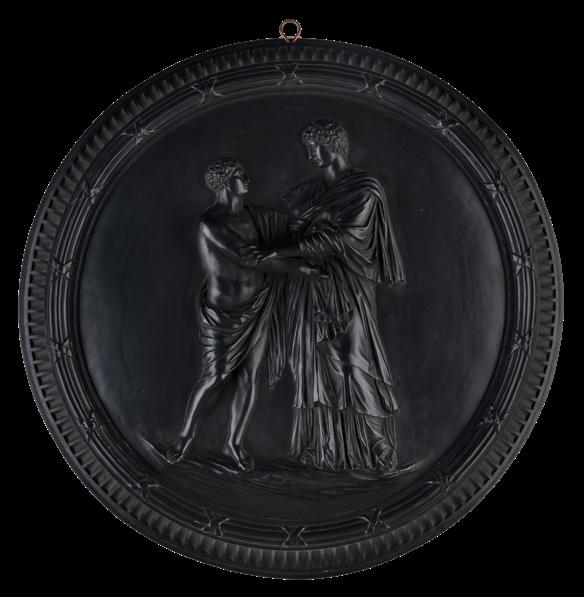
5. Examine the large graphic of Wedgwood’s London showroom. Remember that Josiah Wedgwood was the first Staffordshire potter to showcase his luxury products in this way. He was also the first to employ traveling salesmen and money-back guarantees. As a marketer, he was without peer.
